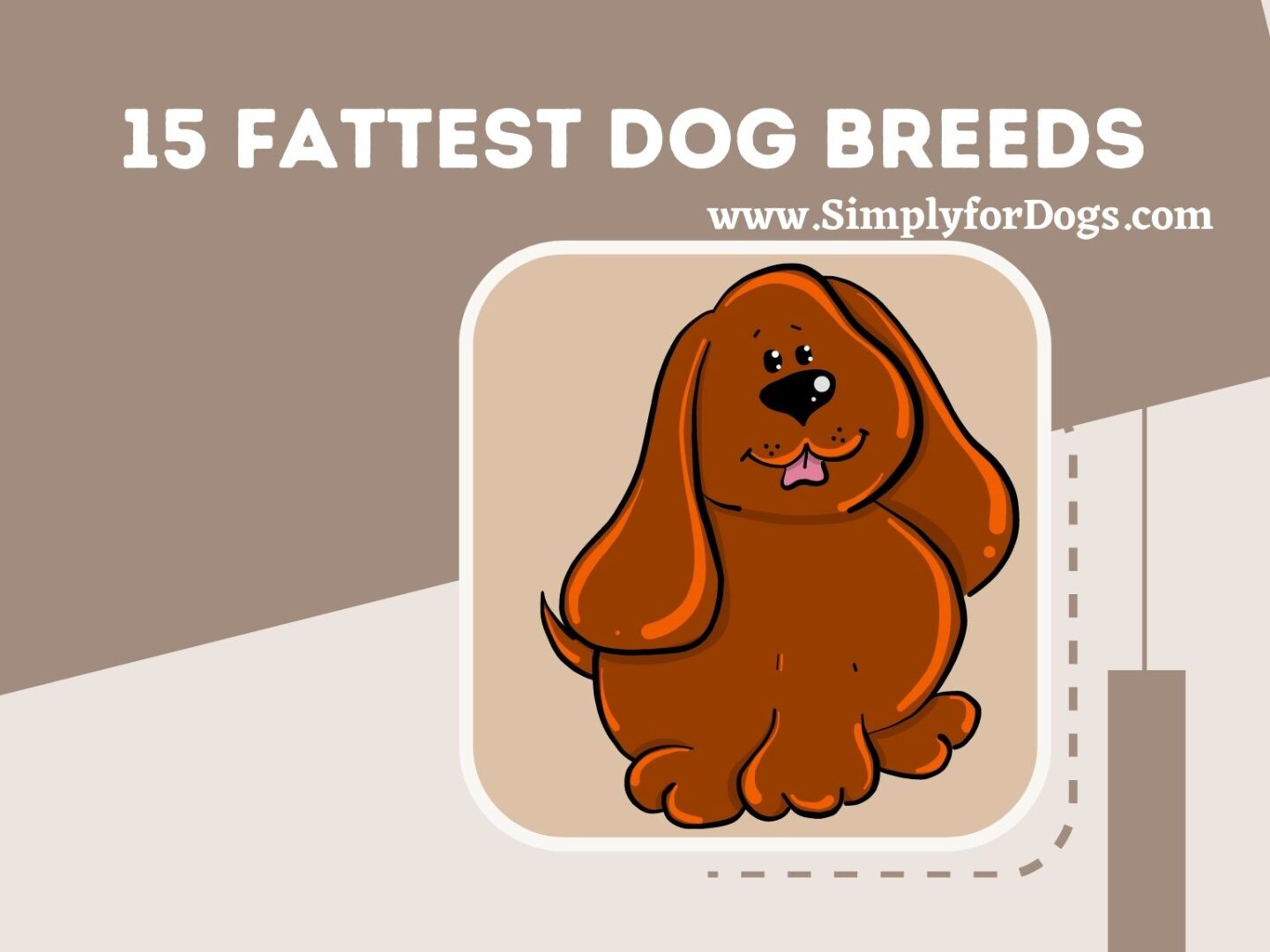If you believe what you hear and read in the media, Americans are fatter than they’ve ever been. In fact, according to the Centers for Disease Control and Prevention, more than a third of Americans are overweight to the point of being considered obese. And according to Dr. Ken Tudor, a veterinarian who contributes to PetMD.com, we’re taking our dogs along with us. Obesity is a huge concern with dogs, and there are several risk factors, including breed.
The Risk Factors
Dogs are a lot like humans in that the older they get, the harder it is to win the battle of the bulge, so age is one factor in obesity. This is simply because as our dogs age, they slow down. They might also develop arthritis or other aches and pains that cause them to want to be less active. So, with senior dogs, it’s often necessary to cut back their food allotment a bit in order to prevent weight gain.
Obesity in dogs also mirrors human obesity when it comes to socioeconomic factors. Simply stated, poor people are not as likely to eat well as those who are better off, and substandard nutrition is a known factor in weight gain. Those who can afford top-quality food for their dogs are, therefore, less likely to end up with obese pets.
Of course, your dog will also pretty much adopt your lifestyle; so, if you’re a couch potato who doesn’t get enough exercise, it’s a safe bet that you’re not exercising your dog much, either.
What About Breed?
I talked about canine obesity in Step Away From the Dish, Doggie, You are Way Too Fat! I told you about my friend Debbie, and her Beagle, Chuck. Both Debbie and Chuck are still working on losing weight, and doing very well, I might add. Chuck’s risk for obesity, though, was two-fold. First off, he’s neutered, and second, he’s a Beagle – one of the fattest dog breeds.
Why is breed a factor? It’s not really known, but studies have been done that suggest we can attribute it to accepted breed standards. In some breeds, adherence to specific written breed standards may actually increase the risk of weight gain.
At a dog show in the Netherlands, researchers evaluated 1,379 dogs, and assigned BCS (body condition scores) on a 9-point scale. The way this works is that the dog is examined visually and also palpated, and then given a score of 1-3 (indicating that the dog is underweight and overly thin), 4-5 (ideal), or 6-9 (indicating that the dog is overweight). A dog with a BCS of eight or nine is considered to be obese. The BCS is a pretty simple system, but it’s been proven to be highly comparable to more sophisticated ways of measuring body fat.
Now, here’s where it gets interesting. The researchers compared their BCS against the show standards for certain breeds. They discovered that dogs with low BCS were described in the written breed standards using words and phrases like “athletic,” “graceful” and “smoothly muscled body.”
The words and phrases used in the breed standards for dogs that ranked higher on the BCS included “square and thick set,” “heavier in bone” and “muscular.” So the language used in the breed standards can actually promote excessive weight.
Of course, this doesn’t necessarily mean that the wording in the written breed standards needs to change. It does mean, however, that the language can serve as a predictor for which breeds are most likely to end up on “fattest dog breed” lists.
Which Are the Fattest Dog Breeds?
I hate to single out any breed for this kind of list, but the fact is that there definitely are some breeds that are more prone to obesity than others. I’m going to present them alphabetically.
1. Basset Hound
Oddly enough, more than a few breeds of hunting dog seem to end up earning a place in the fattest dog breeds hierarchy, and the Basset Hound is no exception. Originally, the Basset was bred for endurance, and as long as he has work to do, he’ll probably maintain a trim physique.
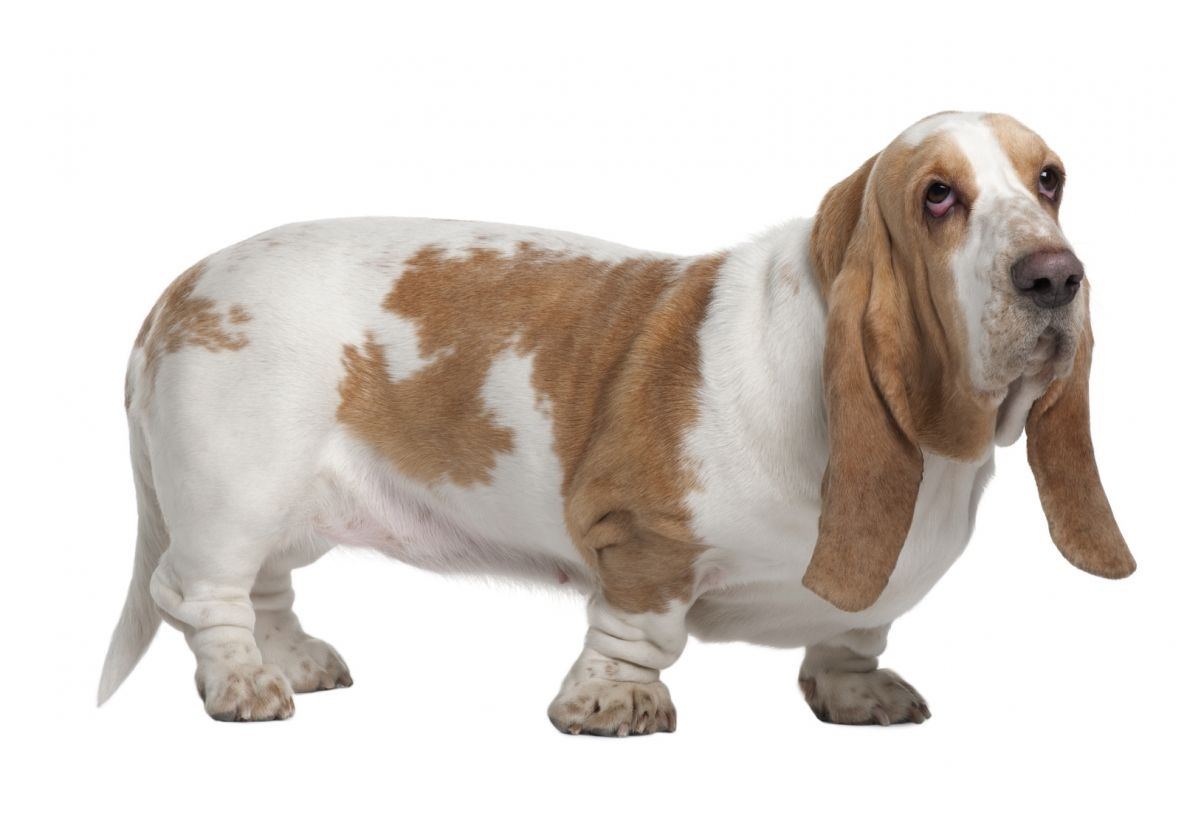
The problem, of course, is that most Bassets today are house pets – not working dogs. It’s best with a Basset Hound to keep him on a regimen of regular feeding. This is not a breed that you can free-feed, since Bassets will eat recreationally – in other words, like humans, even when they’re not really hungry.
2. Beagle
Here is another hunting breed with a high likelihood of ending up on “fattest dog breed” lists, especially as they age. While Beagles are typically quite active in their youth, as they grow older, they slow down. When you combine this with the fact that Beagles, like Basset Hounds, are recreational eaters, it’s easy to see how they can end up packing on the weight.
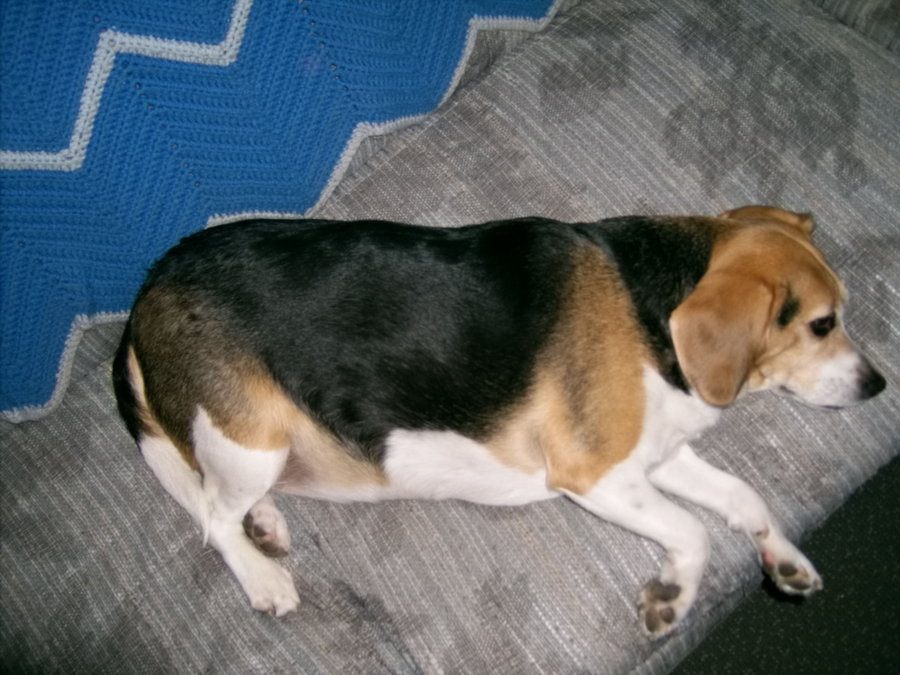
3. Boxer
I’ve been very fortunate with all of the Boxers I’ve owned; I’ve never had one with a weight problem. Then, of course, I’ve never had one with hypothyroidism. This is a disorder that results in a low metabolism, and it’s actually fairly common in Boxers.
Your vet can provide medication to control hypothyroidism in your Boxer. Of course, regular exercise is also important.
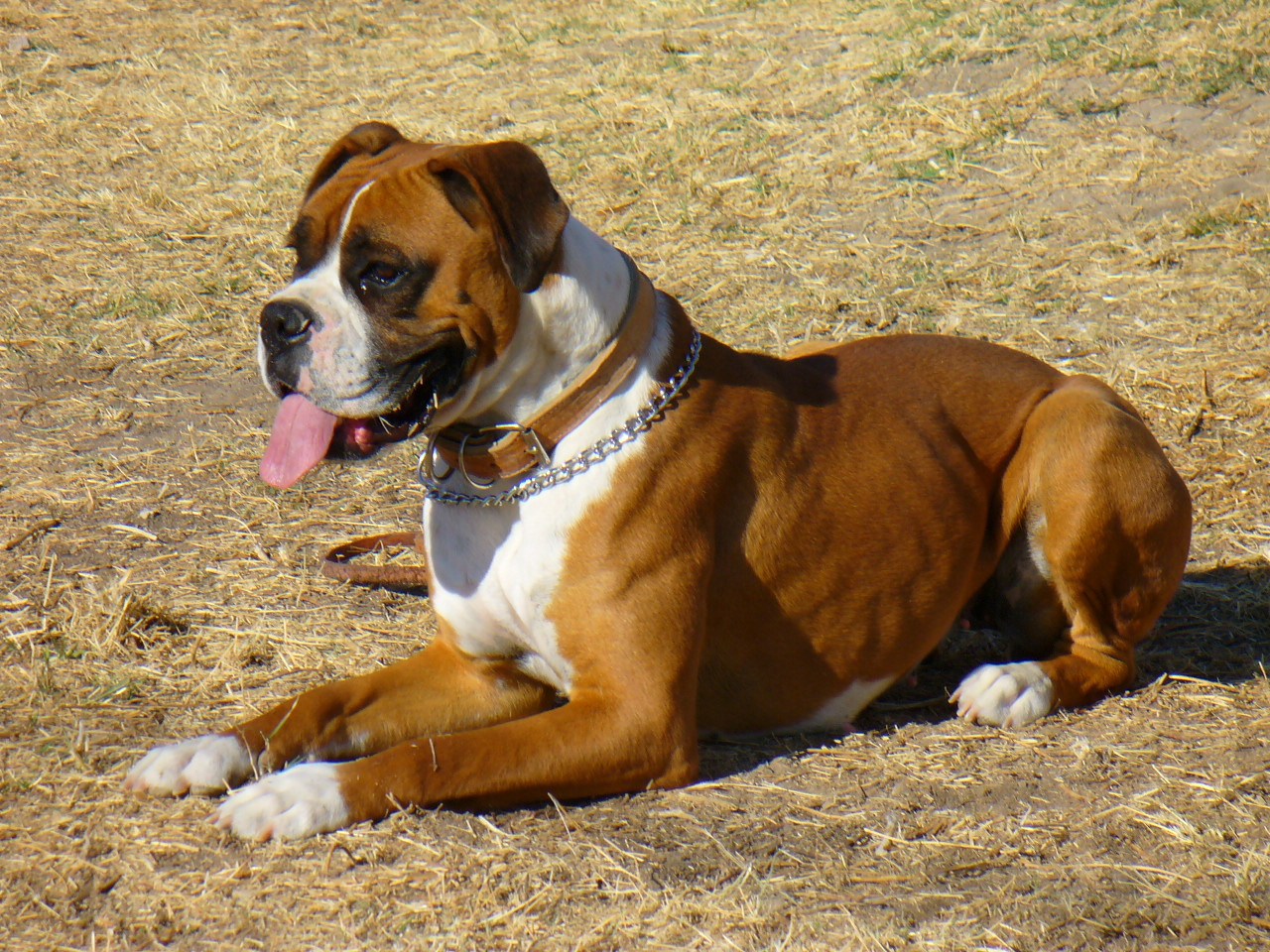
4. Bulldog
Bulldogs are very prone to obesity, mainly because they’re low-energy dogs. They’re not well-suited to high levels of activity, since they tire easily; this is because they often have difficulty breathing thanks to their short noses.
Bulldogs are also a breed that loves to eat, and probably shouldn’t be free-fed. However much food you put in your Bulldog’s dish, that’s how much he’s going to eat. So measure carefully!
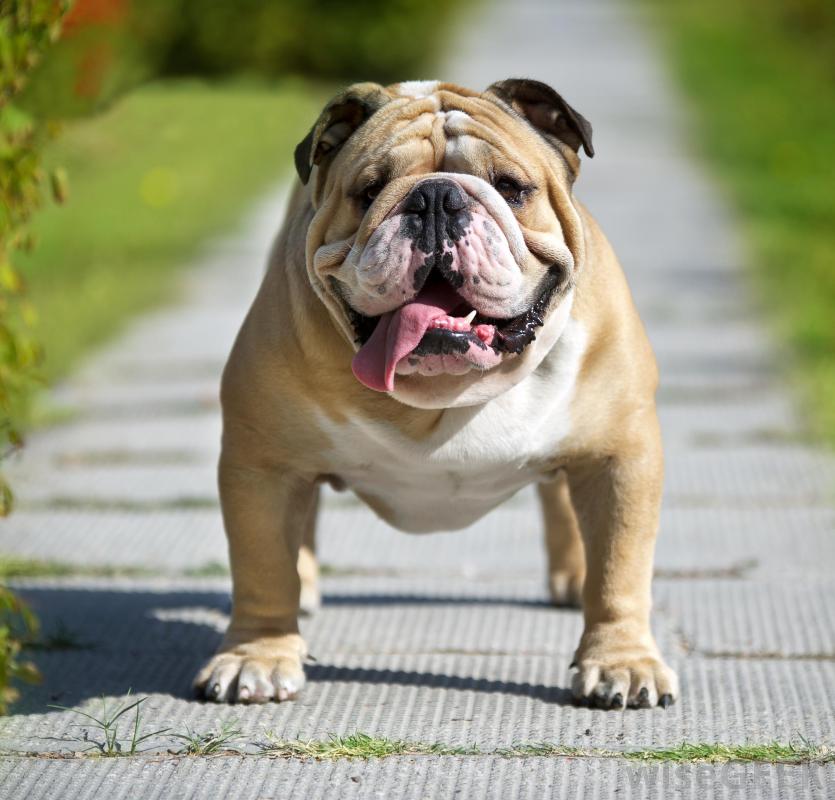
Related Content:
24 of the World’s Heaviest Dog Breeds
15 Best Dogs for a Bachelor Lifestyle
5 Mixed Breeds Gaining in Popularity with Dog Experts
5. Chihuahua
A healthy Chihuahua shouldn’t weigh much more than six pounds. The trouble is that people love to spoil their dogs, and when you’re this small, it doesn’t take much in the way of extra goodies to create a weight problem.
The other thing is that, of course, it’s convenient to have a dog that you can carry around with you, but that can limit the amount of exercise the dog gets. So put your “purse dog” on the ground once in a while so that he can stay in good shape.
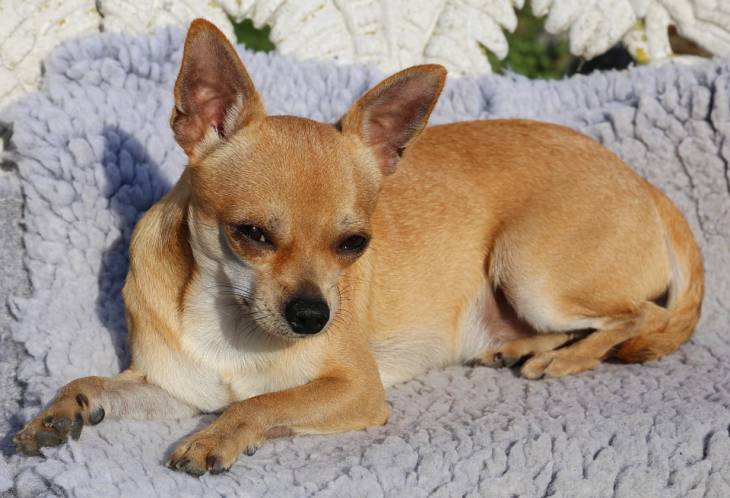
6. Cocker Spaniel
With the Cocker Spaniel, we have another sporting dog that has become more of a house pet. Cockers are frequently over-indulged and under-exercised, and are also prone to hypothyroidism.
If your Cocker has been piling on weight, take a look at his skin and coat. Dryness and dullness can indicate an underactive thyroid.
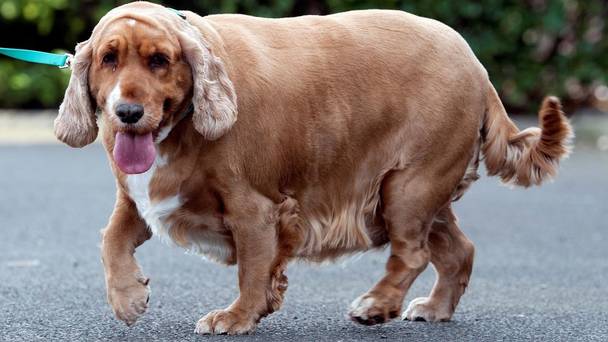
7. Dachshund
Dachshunds can be lazy, so it’s important that they get regular exercise; vigorous play and a couple of walks a day might stave off weight gain. Another problem with the breed is the long back; when Dachshunds pile on the pounds, they become vulnerable to spinal problems
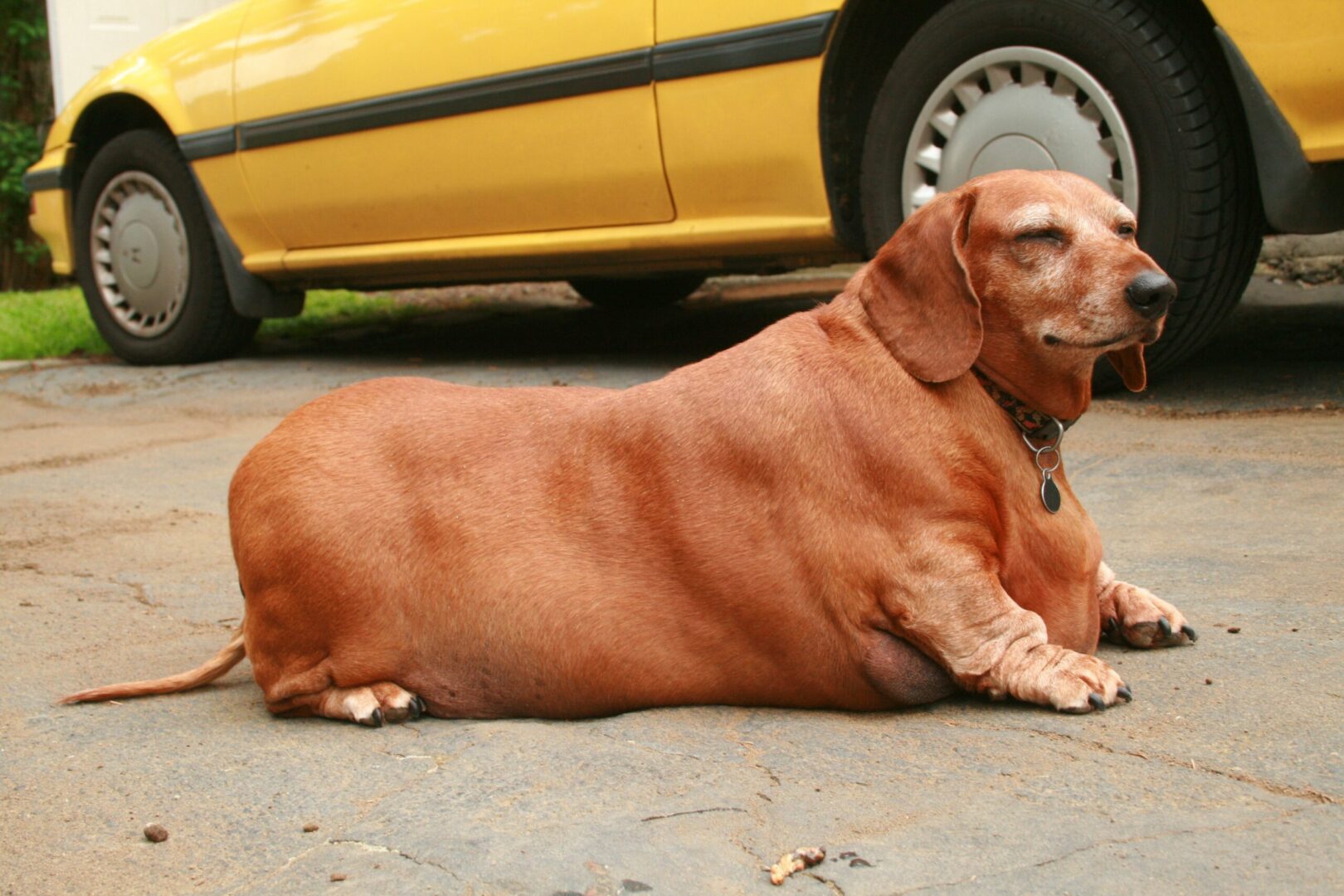
8. English Mastiff
The English Mastiff is another breed with a propensity toward laziness. They’re low-energy dogs, and left to their own devices, will often simply nap the day away.
Without proper exercise, though, an English Mastiff will almost certainly become obese. If you have a Mastiff, you should make sure to take him for a long walk several times a week. Most English Mastiffs dislike running but will walk cooperatively at your side.

9. Golden Retriever
The Golden Retriever is another breed that has long since moved away from his working origins and into the realm of companion breeds. Goldens love to play, so in their younger years, excess weight is not usually much of a concern.
The main issue is that as Golden Retrievers age, owners often fail to educate themselves as to their dogs’ changing nutritional requirements. They feed the same way they always have, and the result is that many of these very popular dogs end up carrying a lot more weight than is good for them.
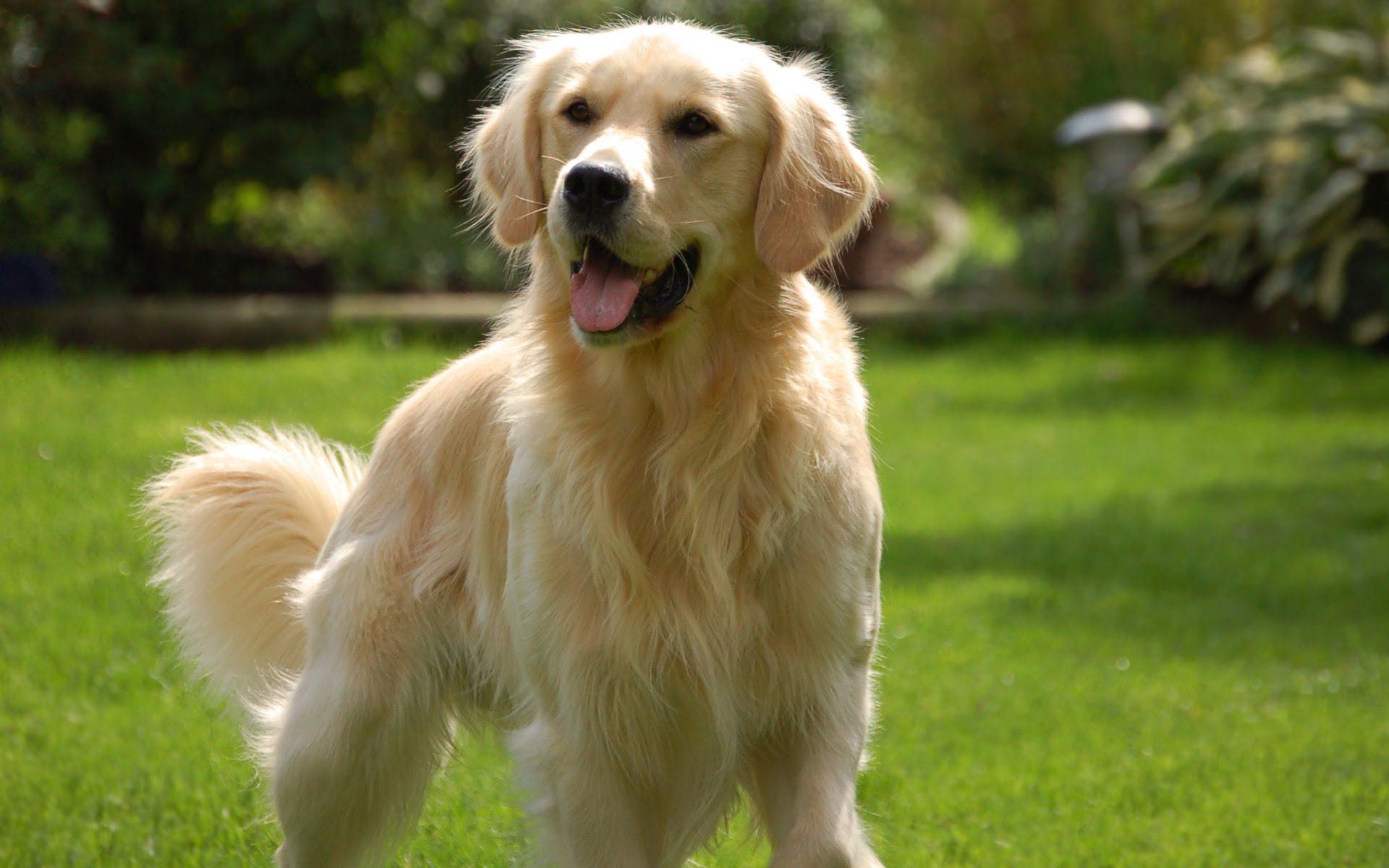
10. Labrador Retriever
Labrador Retrievers are sweet, fun-loving dogs, but they are also beyond greedy when it comes to food. They’re notorious “counter surfers” and love to raid trash cans as well.
You may face an uphill battle keeping your Lab at a decent weight. Some researchers have put forth the theory that the Lab really can’t help himself; his brain interprets feelings of hunger and fullness differently than the way that most breeds do. It’s genetic.

11. Newfoundland
The Newfoundland is a very large dog, weighing up to 150 pounds. The breed is naturally a “big eater,” and can be easy to overfeed.
Obesity in Newfoundlands often occurs when joint pain begins to develop, as it frequently does with large breeds. Then, the dog becomes less active and puts on more weight, which, in turn, exacerbates the pain. It’s a vicious cycle.

12. Pug
Pugs are similar to Bulldogs in that they often don’t get enough exercise to keep the weight off, thanks to their short snouts making breathing difficult. In fact, in hot weather, exercising your Pug could actually be very risky.
It’s best, when it’s hot outside, to exercise your pug indoors (assuming, of course, that your home is air conditioned). Watch him for weight gain, and if he seems to be getting a bit too chunky, cut back on the calories.
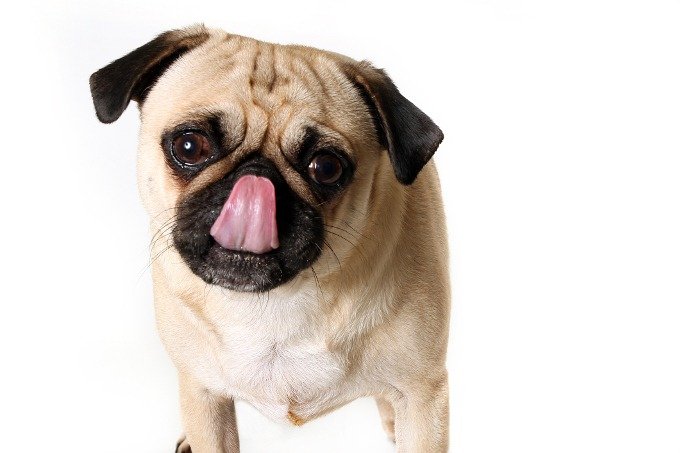
13. Rottweiler
The Rottweiler is another breed that can easily gain weight due to hypothyroidism. Fortunately, there’s nothing lazy about a Rott; he’ll gladly play, walk or run for pretty much as long as you like.
If you allow your Rottweiler to get fat, though, he’ll quickly become lethargic and lose his interest in exercise. Obesity in your Rott is more easily prevented than cured, so keep him active, and keep high-calorie treats to a minimum.
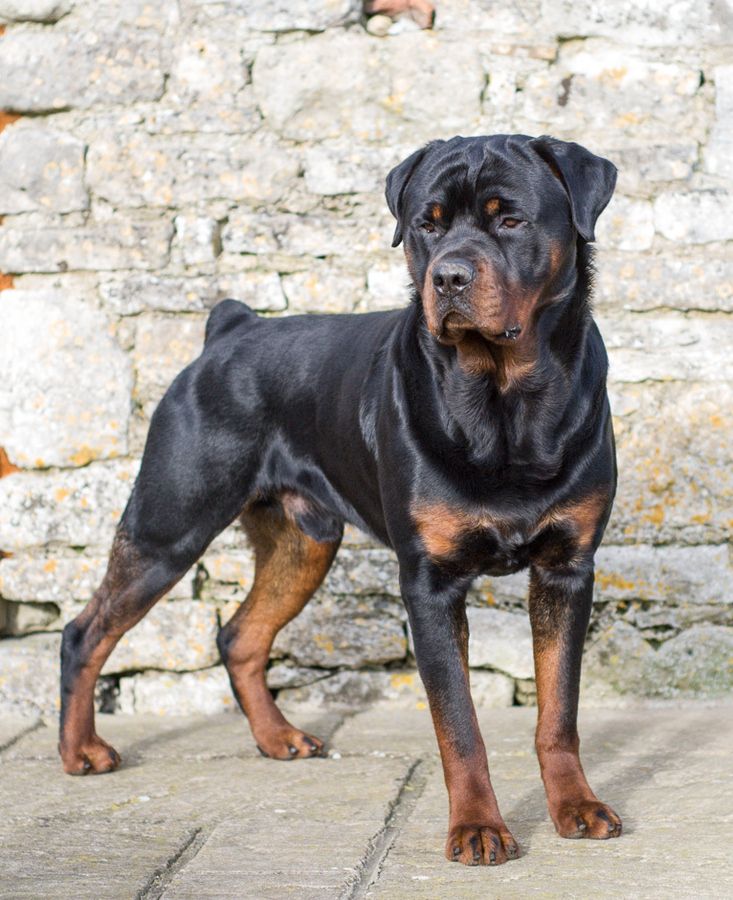
14. Scottish Terriers
While hypothyroidism is usually more prevalent in large breeds, the Scottish Terrier, like the Cocker Spaniel, is one of the smaller breeds that can be prone to this genetic condition. As his metabolic rate lowers, he becomes lethargic and begins to gain weight.
Another problem with the Scottie is, quite simply, his short little legs. He’s not exactly going to be able to cover a lot of ground when he’s out and about, and he’s not much of a runner. Daily walks, though, can help to prevent obesity.
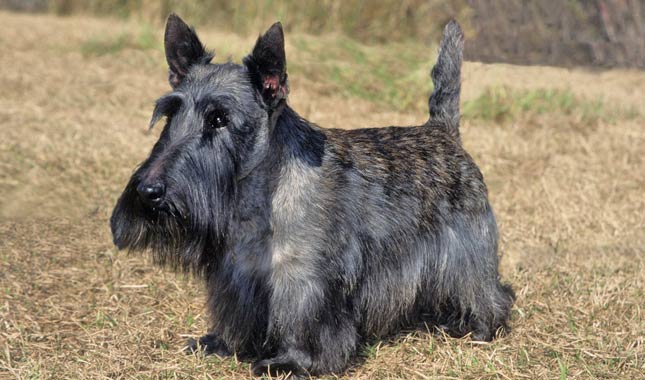
15. Yorkshire Terrier
You could think of a Yorkshire Terrier as a small dog with the exercise needs of a large dog. Yorkies need at least two hours of vigorous exercise per day in order to maintain a good body weight.
What puts the Yorkie on the “fattest dog breed” lists is the fact that they’re very common among city-dwellers. For sure, their small size makes them great dogs for apartment-dwellers, but it’s vital that a Yorkie gets enough exercise to burn off all his pent-up energy.
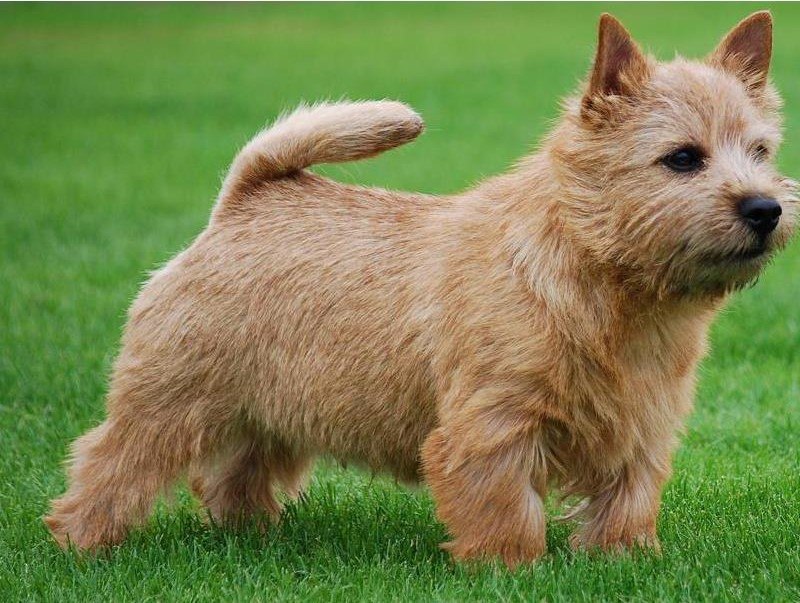
Related Content:
24 of the World’s Heaviest Dog Breeds
15 Best Dogs for a Bachelor Lifestyle
5 Mixed Breeds Gaining in Popularity with Dog Experts
The Final Word
Although these are the 15 fattest dog breeds, it’s worth mentioning that any dog that is over-fed and under-exercised can end up becoming obese. These 15 simply have the odds tipped a bit against them due to various physical conditions, and sometimes personality traits.
Dogs love spending time with their humans, though, so get out the leash and collar and head out for a walk with your buddy. Or toss a ball around the yard. Play with a Frisbee. You get the idea. And, as your dog ages, keep in mind that you may need to cut back on the food a bit. Exercise and a proper diet can keep your dog off the “fattest dog breed” lists!

